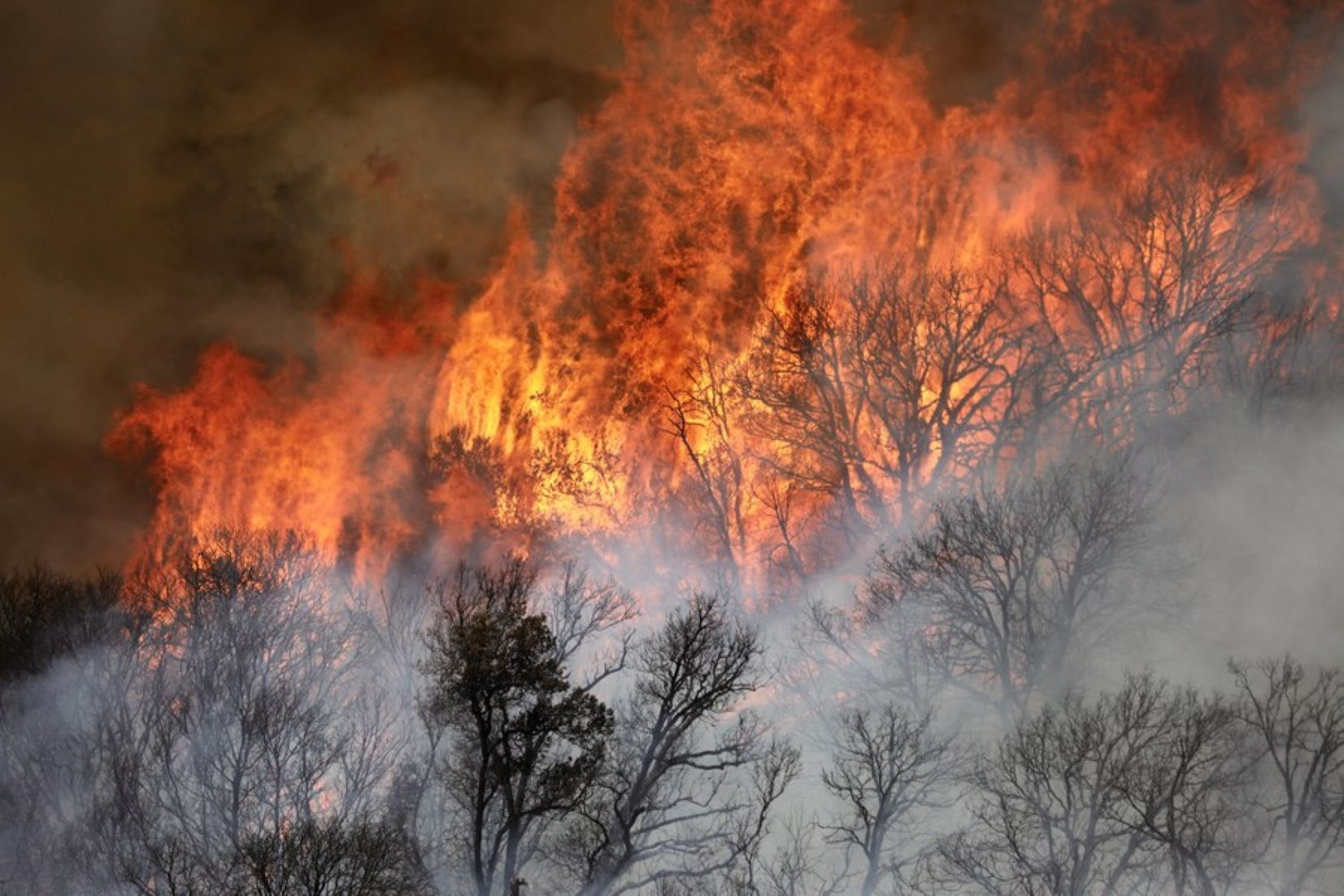SACRAMENTO, Sept 2 (NNN-XINHUA) – A new study found that climate change contributes to the frequency of wildfires in the U.S. state of California and makes the fires more explosive.
The warming climate enhanced the frequency of extreme daily wildfire growth by 25 percent on average, in comparison with preindustrial conditions, according to the study, “Climate warming increases extreme daily wildfire growth risk in California,” published Wednesday, in the scientific journal, Nature.
The researchers, using a machine learning model, analysed 18,000 fires that broke out in California from 2003 to 2020, and the weather conditions under which those fires happened.
The climate model simulated a world without influence of global warming, then the researchers compared the simulated world with the real world.
They found there are certain factors that could make fires grow into extreme fires – those spreading quickly and burning explosively.
Among the 18,000 fires the study analysed, 380 included at least one day when they grew by at least 10,000 acres (40.46 square kilometres).
For example, the Camp Fire, which burned Paradise, California in 2018, was growing so fast that it burned 10,000 acres (40.46 square kilometres) within just 90 minutes.
Over the course of 17 days, the Camp Fire burned more than 150,000 acres (607.02 square kilometres), killed 85 people and forced tens of thousands of others to flee their homes.
A critical factor that primarily affects fire behaviour is the influence of temperature on fuel moisture, according to the study.
This is because fires can grow much bigger and more intense when they have plenty of dry, crispy fuel to burn.
The researchers warned that, risks of explosive fires would continue to increase, as global temperatures would keep going up even after global emissions slowed or stopped.
The number of fast-growing fires could almost double by the end of the century, the researchers found.
An effective way to mitigate the risks for extreme fires is to clear extra fuel from overcrowded forests, so that there’s less fuel to burn, they said.– NNN-XINHUA






